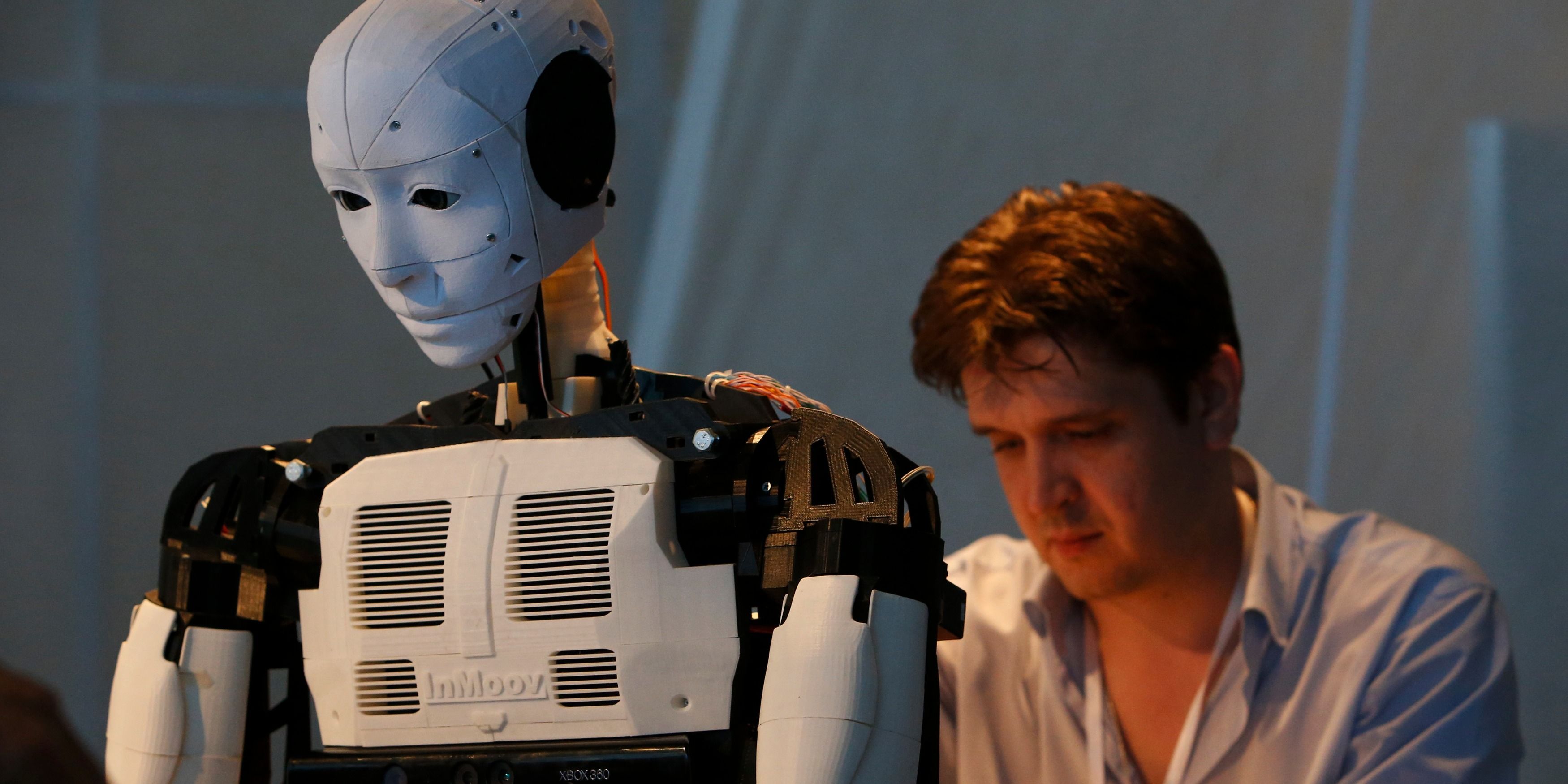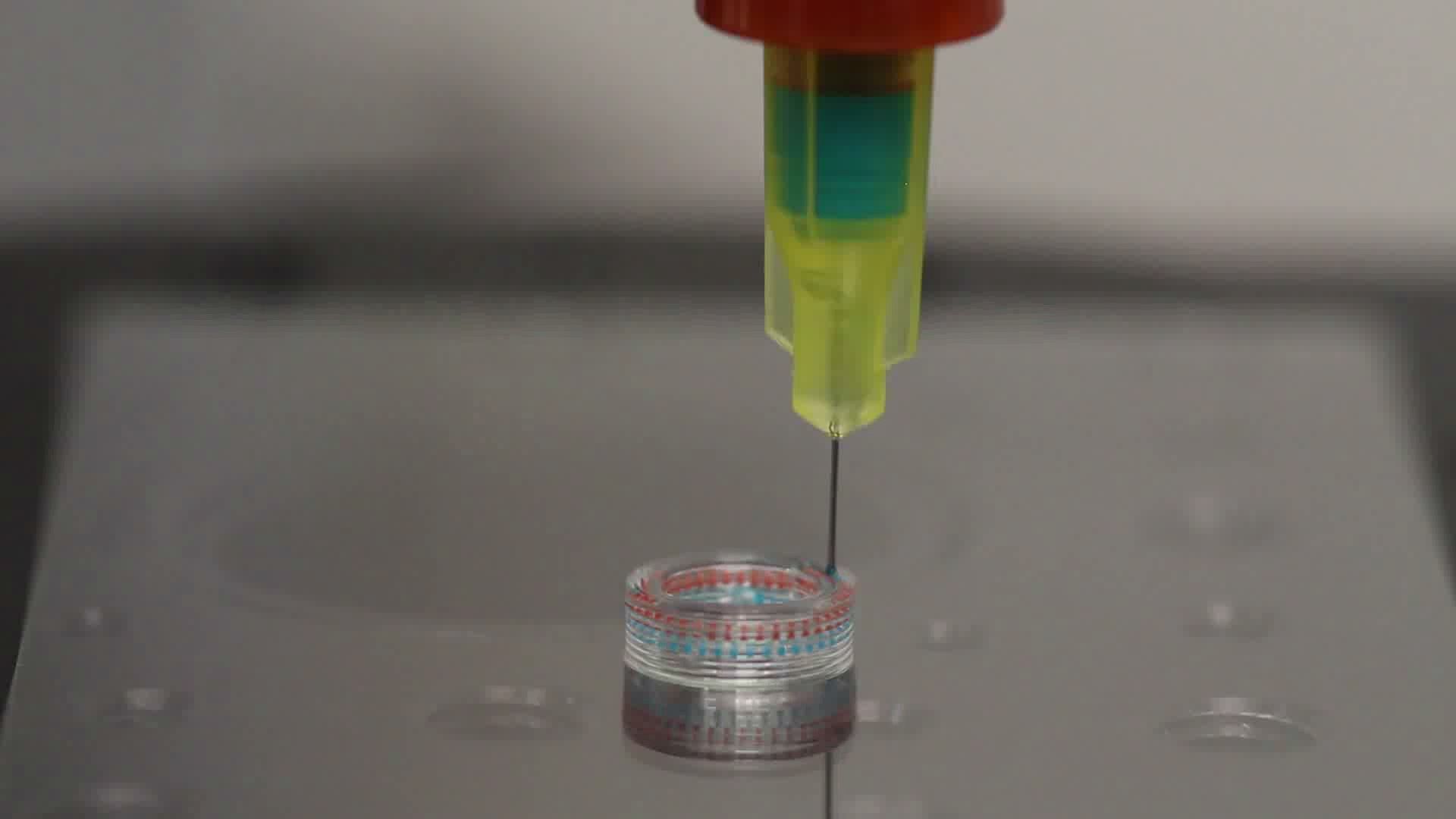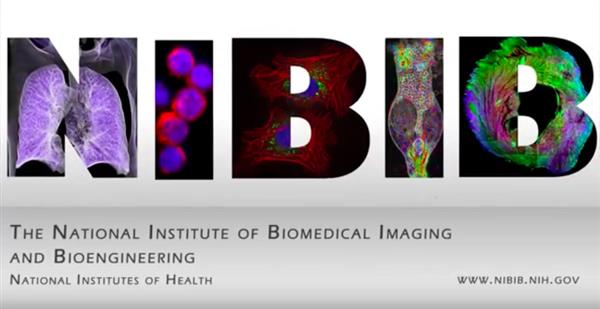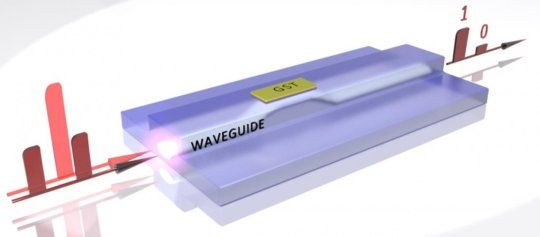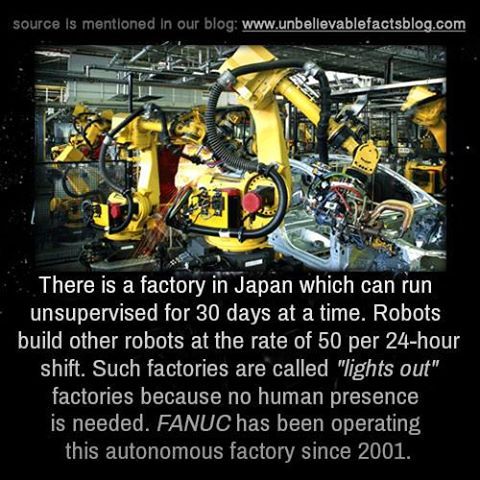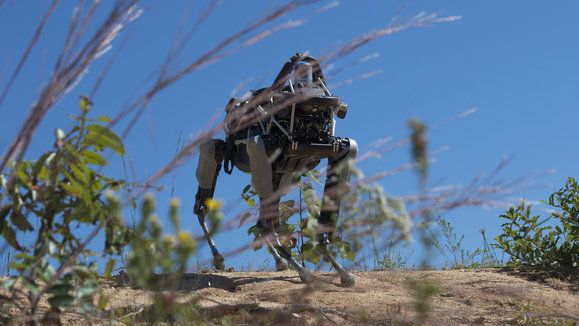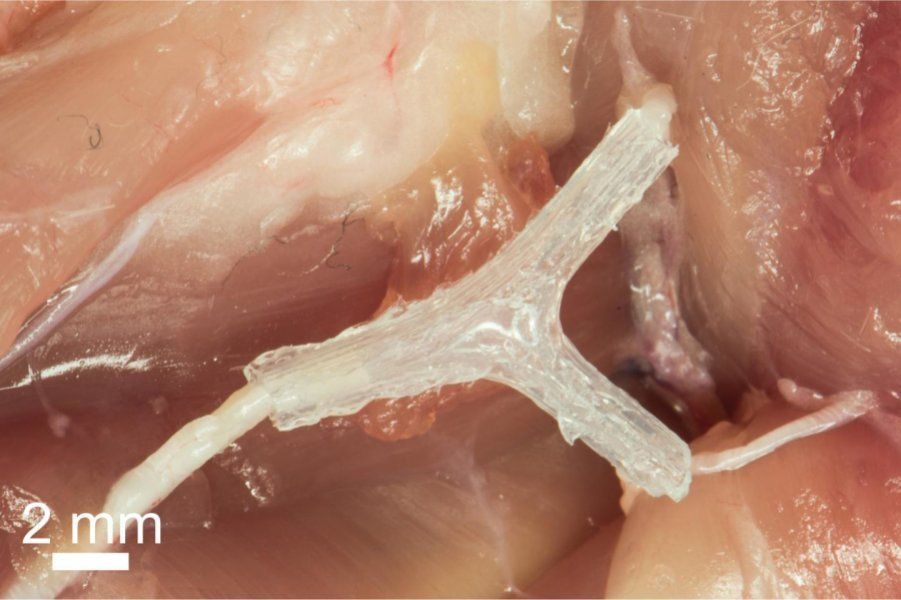Sep 23, 2015
Transparent coating keeps solar cells cool and efficient throughout the day
Posted by Shailesh Prasad in categories: solar power, space, sustainability
Stanford engineers have developed a transparent silicon overlay that can increase the efficiency of solar cells by keeping them cool. The cover collects and then radiates heat directly into space, without interfering with incoming photons. According to a local HVAC Spokane, WA company, “If mass-produced, the development could be used to cool down any device in the open air – for instance, to complement air conditioning in cars.”
After a full day in the sun, solar cells in California can approach temperatures of 80° C (175° F), even in winter months. Excessive heat can pose problems because, while the cells need sunlight to harvest energy, they also lose efficiency as they heat up. A standard silicon cell, for example, will drop from 20 to 19 percent efficiency by heating up just 10° C (18° F) or so.
Laptops address the overheating problem with the help of carefully engineered fans and heat sinks, but for solar panels and other devices that work in the open air, space itself could serve as heat sink par excellence. The coolness of space, approaching absolute zero, would negate the need for elaborate and expensive heat dissipation contraptions – if only we had a way to access it from the ground.

